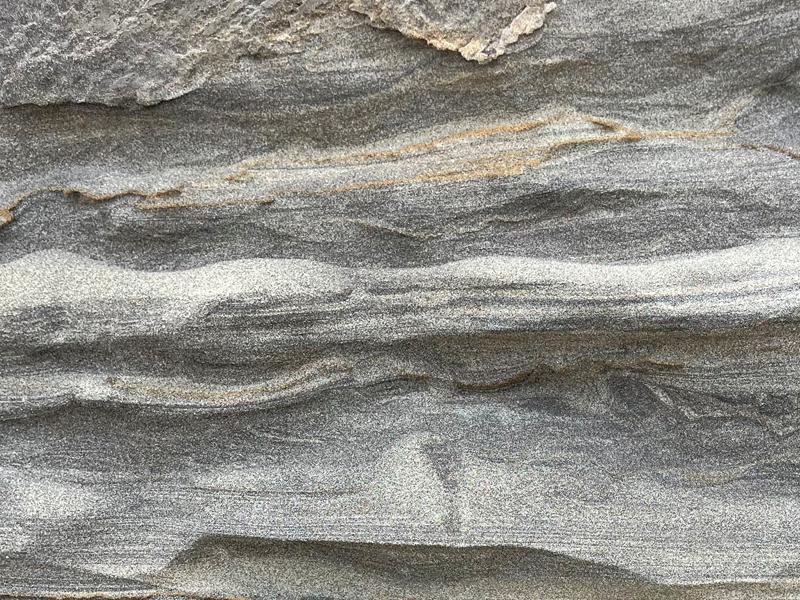Who is mining on the West Coast?
As of 2022 there are about 600 people living on the West Coast earning a living in the mining industry.
Some of these people are self-employed, working as one man bands or in small quarries and alluvial gold mines staffed by several individuals.
Others work for locally owned enterprises in the business of mining gold, coal, rock, and gravel, or a combination of the above.
Then there are larger mines owned and operated either by large private enterprises or those listed on stock exchanges in Australia and further afield to procure the finance and resources necessary for larger-scale operations. There can be several hundred people earning an income at these larger mines, which also require a wider range of skills and expertise onsite and inhouse.
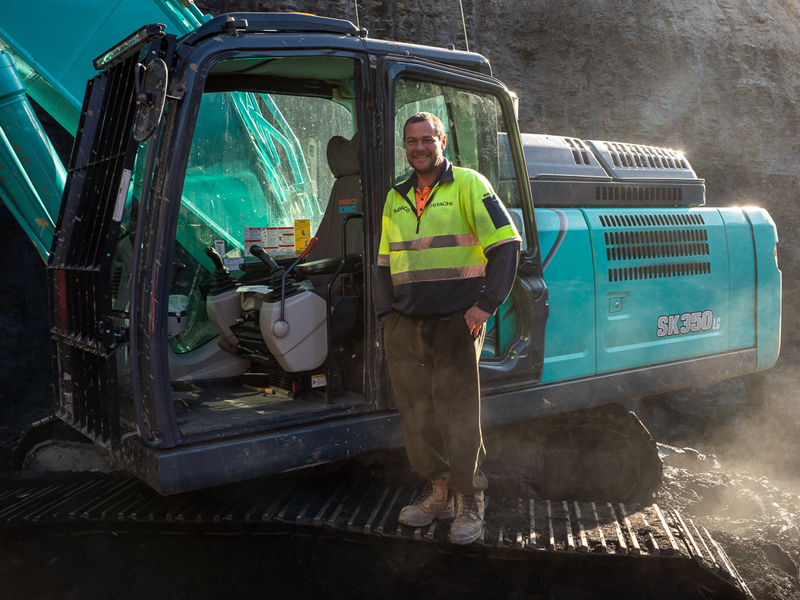
The diverse range of skills and professions employed in the recovery of gold, coal, pounamu, aggregates, and other minerals includes operators of machinery such as diggers, dump trucks, and bulldozers, heavy diesel mechanics, light vehicle mechanics, as well as geologists, engineers, ecologists, environmental and water technicians, administrators, and other clerical staff.
Gold is a highly valued resource, and one that has been produced by miners on the West Coast since it was first discovered in the 1860s.

Recovering gold by mining black sand on beaches (black, for the iron oxide and other heavy minerals in it) or suction dredging is the lowest cost and one of the least mechanised methods of recovering gold – except perhaps, for fossicking with a shovel and a gold pan.
Black sand mining largely involves shovelling gold-bearing beach sands through a small sluice box, which uses the force of gravity and water to separate the gold from the sand.
Suction dredging involves divers in small creeks and rivers using a piece of equipment, much like an underwater vacuum cleaner, to suck gold-bearing gravels from the stream-bed, to then run the material through a sluice table or box to recover gold before returning the gravel to the creek.
Most people engaged in black sanding and suction dredging do so as a hobby, but it can prove lucrative for some operators. Both suction dredging and mining black sand on beaches require processing of the gold-bearing material (gravel or sand). Sieving screens and vibrating tables use the combination of water and gravity to separate and recover gold flakes and dust from other materials, for later melting down into and refining pure gold.
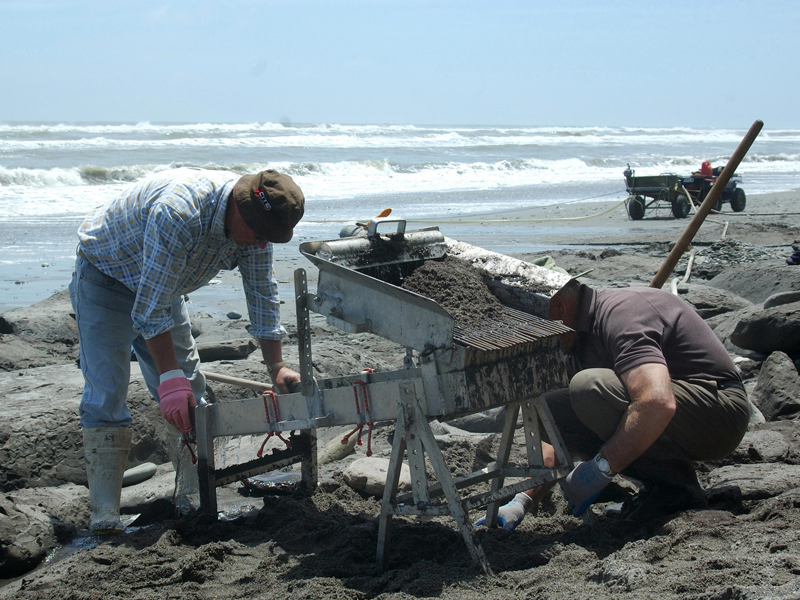
With relatively low startup costs, and small quantities of gold recovered, black sanders and suction dredgers tend to be one man bands or small groups of people.
Operating at a larger scale and to earn a full-time income, alluvial gold mining is the realm of the professional as opposed to the hobby or lifestyle miner.
Alluvial mining entails mining deposits of gold found in the out wash (or alluvium) of the Southern Alps, in gravels and sands that bear gold but have been buried over time by subsequent deposits of earth.
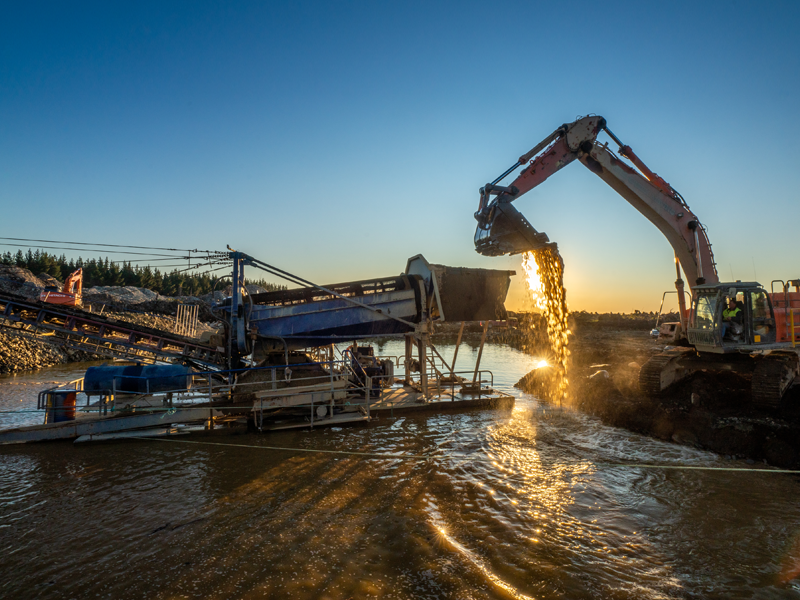
Alluvial gold mines vary in size depending on the quantity of gold found, and the depths at which it is found.
Some alluvial gold mines may only require one to two people; others employ up to 20; or even more. They tend to operate on private farmland, areas of pine forestry where mining follows the harvesting of trees, and on areas of previously mined ground on public conservation land.
The need for large machinery, resource consents, land access, and other permissions means alluvial gold mining does require substantial investment, but still at a small enough scale that the majority of operations on the West Coast are locally owned and operated ventures.
Hard rock mining is the term used for gold mining in rock formations that, unlike alluvial or black sand deposits, have not been freed from the mountains by weather and time. Hard rock deposits are those in which gold is still trapped in the quartz reefs found in some West Coast mountains, especially in and around the town of Reefton (named for these very reefs) in the Buller District.
Hard rock mining is by nature large scale and has always required substantial investment and financing to be viable, so tends to be carried out by large enterprises.
The first hard rock gold mining era on the West Coast spanned from the 1870s to the 1950s. After decades of mining quartz reefs in and around Reefton, underground mining at Waiuta ended in 1951 following a tunnel collapse. The owners of the gold mine at the time decided it would be uneconomic to re-establish gold mining.
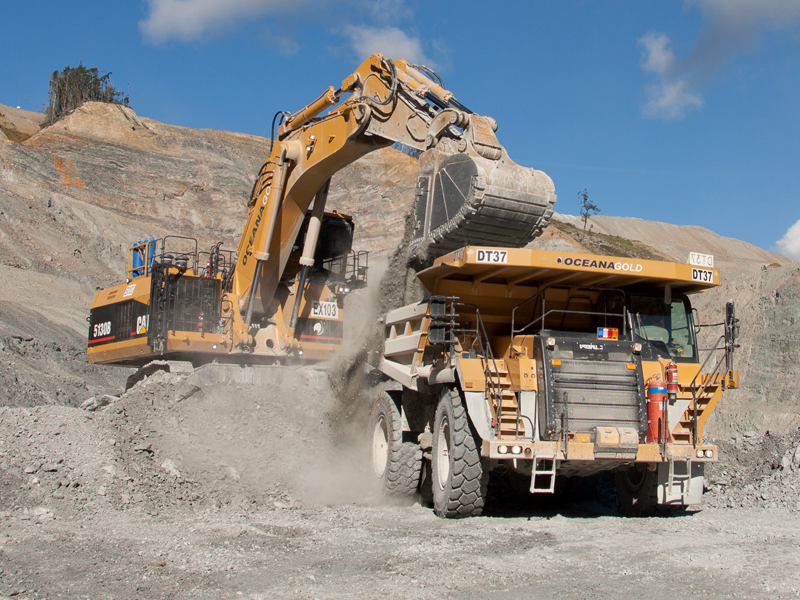
Between 1870 and 1951, eighty-four mines produced 67 tonnes of gold from crushed quartz in the Reefton gold fields (2,363,358 troy ounces) – approximately $7 billion dollars worth in today’s pricing.
The next hard rock gold mine to open in the Reefton gold field was Globe Progress, which OceanaGold established in the mid-2000s.
Production started in 2007, and over the 10-year mine life, miners extracted about 610,000 ounces of gold ($1.8 billion dollars in today’s prices). At the height of production about 200 people worked the open pit mine.
As the productive life of one mine ends, this can be followed by a new mine opening. In the Reefton gold field today, several exploration projects and new mine sites are under development, including Federation Mining’s Snowy River Project.
Australian financed and New Zealand operated Federation Mining has been tunnelling underground since 2021in pursuit of the “Birthday Reef” (the same quartz vein mined beneath Waiuta until 1951) from its Snowy River site just south of Reefton.
Federation Mining, which is owned by Australian investors, is working to re-establish mining of the Birthday Reef (the same quartz vein mined underneath Waiuta up until 1951) from its Snowy River mine site located just south of Reefton.
Resource estimates indicate about 700,000 ounces of gold can be recovered, over about a 10 year period, or potentially longer, with a workforce of about 140 people.
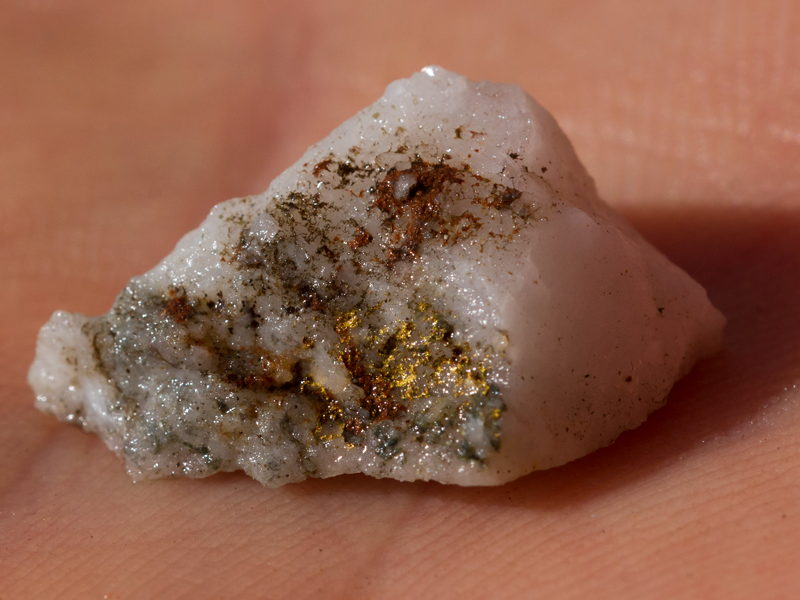
Coal has been produced on the West Coast since 1864. Since mining first began more than 140,000,000 tonnes have been produced, more than any other region of New Zealand.
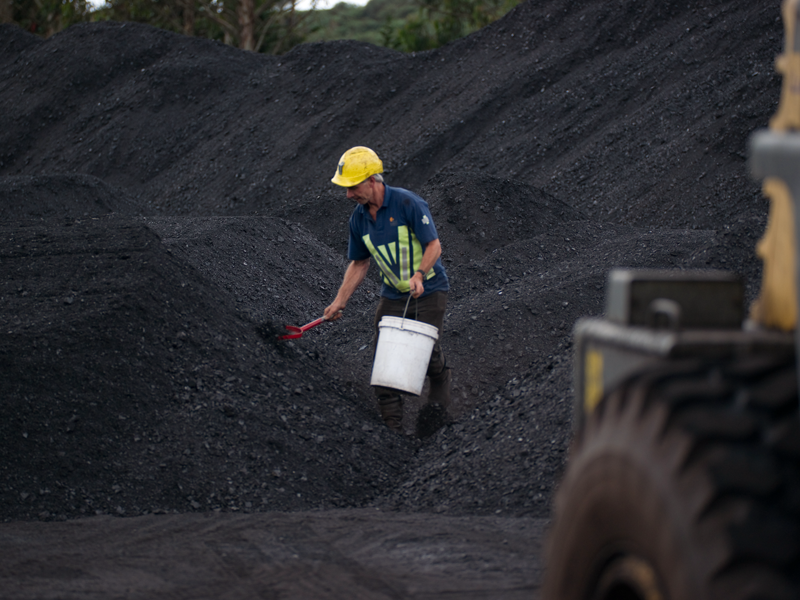
Since coal production began in 1864, miners on the West Coast have extracted about 142 million tonnes of coal – more than has been produced in any other region of New Zealand.
Throughout these 160 years, the State has played a major part in coal mining, with the ownership and management of many (at some point close to all) of New Zealand’s operating coal mines.
This involvement began with the establishment of State Coal in 1901, which lasted through to 1987 when it commercialised and became a State-owned enterprise by the name of Coal Corporation. Subsequently it was abbreviated to CoalCorp before becoming Solid Energy New Zealand in 1996.
Solid Energy was commercially successful for many years and produced the majority of New Zealand’s coal supply – for example, in 2013, Solid Energy accounted for about 80% of New Zealand’s coal production.
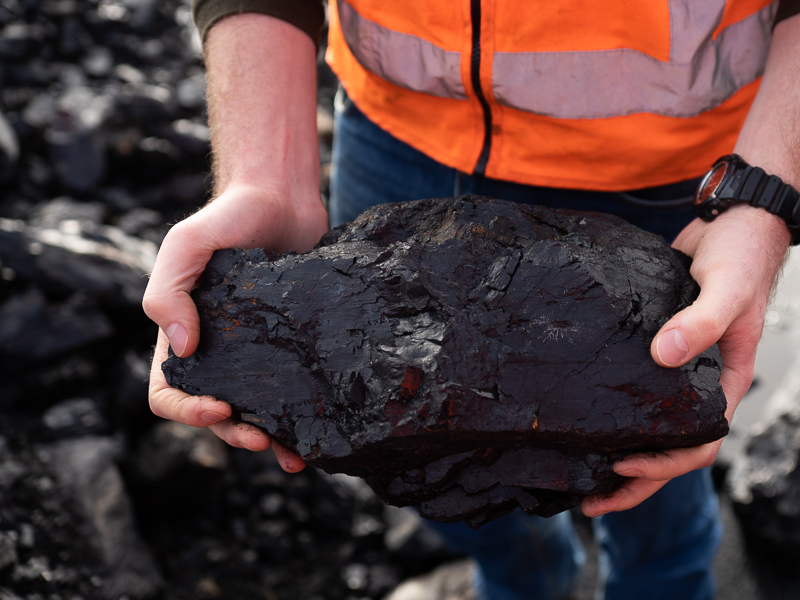
In the years following the 2008 Global Financial Crisis coal prices initially remained buoyant on the back of strong demand internationally from steel manufacturers, but eventually collapsed. By 2017 Solid Energy went into liquidation, its assets were sold off, and the company wound up in early 2018.
Today, coal mining is carried out by privately and locally owned family enterprises, as well as larger companies such as Australian Securities Exchange-listed Bathurst Resources, and its joint-venture BT Mining, which now accounts for the majority of New Zealand’s coal production.
Broadly speaking there are three coal markets for coals produced or imported into New Zealand. These are the North Island domestic market, the South Island domestic market, and the export market.
The majority of coal miners on the West Coast producing high grade coal for customers overseas for steel manufacturing (about 80%), with a smaller number working to produce coals used as energy in food production and space heating in the South Island domestic.
The coals produced range in rank or quality (dictated among other things, by carbon content) from “sub-bituminous” to “bituminous”, and even the high-grade coal called anthracite.
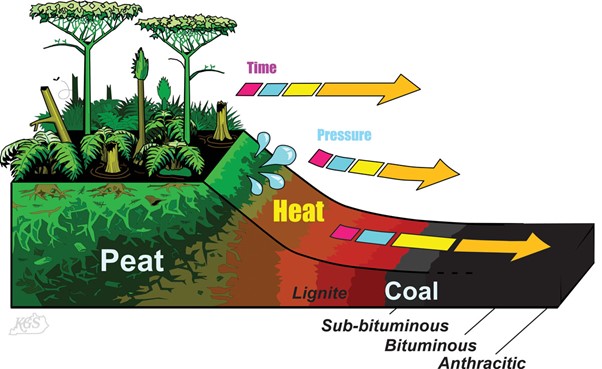
Both historically and through to the present day bituminous coal has accounted for the majority of the West Coast coal miners have produced.
In times gone by the main customers for bituminous coal were in rail and shipping in which the coal was used to generate steam to power transport engines. As the dominant fuels in transport became petrol and diesel, this coal was no longer needed for this purpose, and miners found new markets.
In 1976 West Coast coal miners began exporting bituminous coals to steel manufacturers in the Asia-Pacific as a source of ‘coke’ (coals which have been reduced to near pure carbon) . This provides the energy and the chemical process to convert iron ore, typically an oxide, into iron, in turn then processed into steel.
New Zealand’s largest export coal miner today is Bathurst Resources, which owns the Stockton mine, New Zealand’s largest single coal mine. Other mines in the Buller and the Grey District are owned by private operators such as New Zealand Coal and Carbon, and Birchfield Coal, both of whom also produce coal for offshore steel manufacturers.
Some specialty bituminous coals are also sold in small quantities for producing niche products such as carbon fibre and foam material, among others.
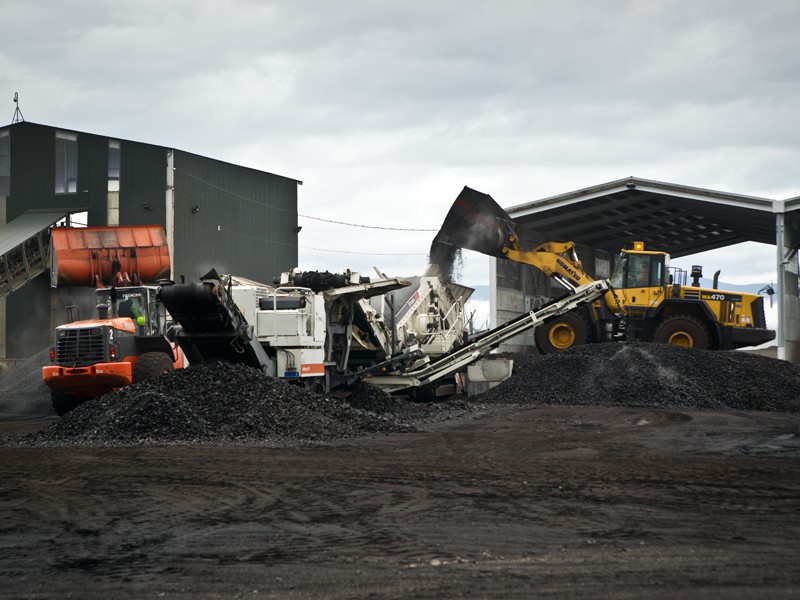
Lower ranking sub-bituminous coal is used primarily as a fuel for large energy users in areas of the South Island. West Coast coal miners supply domestic customers with sub-bituminous coal primarily on the West Coast, and also the upper South Island, for the processing of fresh milk into powder, butter, cheese, and other products, as well as freezing works and hothouses.
Smaller quantities are sold to schools, universities, and hospitals for space heating throughout the year.
These mines vary greatly in size – one small coal mine south of Westport owned by Charleston Coal produces as little as 100 tonnes a year, while other mines, owned by local enterprises such as Moore Mining and Birchfield Coal produce annually up to 50,000 or 200,000 tonnes, respectively.

Quarries on the West Coast tend to be small in size and locally owned, or owned by some local regional or district councils who will tender out the operation to contractors and private operators.

Quarries largely produce rock and other aggregate for building, construction, roading, and infrastructure, such as flood protection works. This industry is essential to the West Coast’s resilience to natural hazards, such as storms and floods.
Some quarries produce higher-value rock such as schist, which is sold further afield as construction, decorative, and landscaping stone.
Others producing limestone for fertiliser, are farmer owned co-operatives.
Due to their smaller size compared with hard rock mines, and lower per tonne economic return from the materials produced, quarries are almost entirely locally and privately owned.
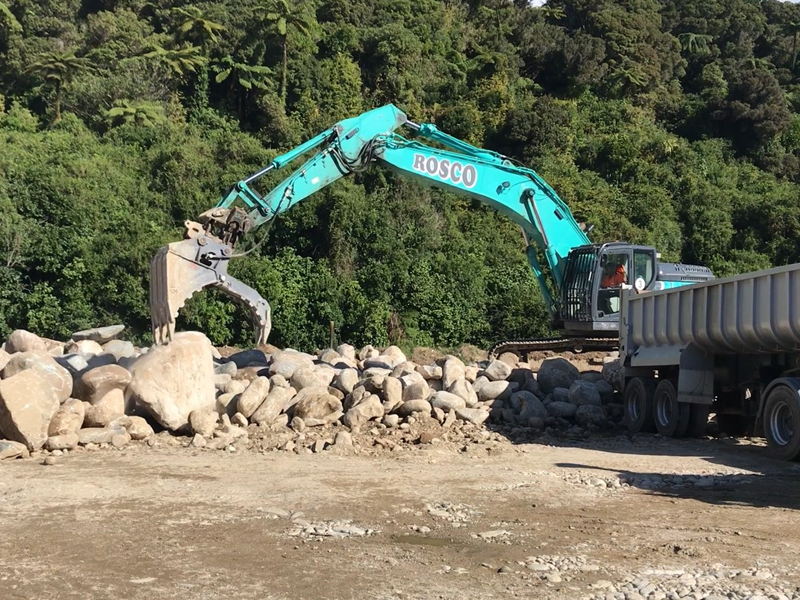
Deposits of heavy mineral sand deposits (containing minerals such as ilmenite, garnets, and rare earth elements) have long been known on the West Coast.
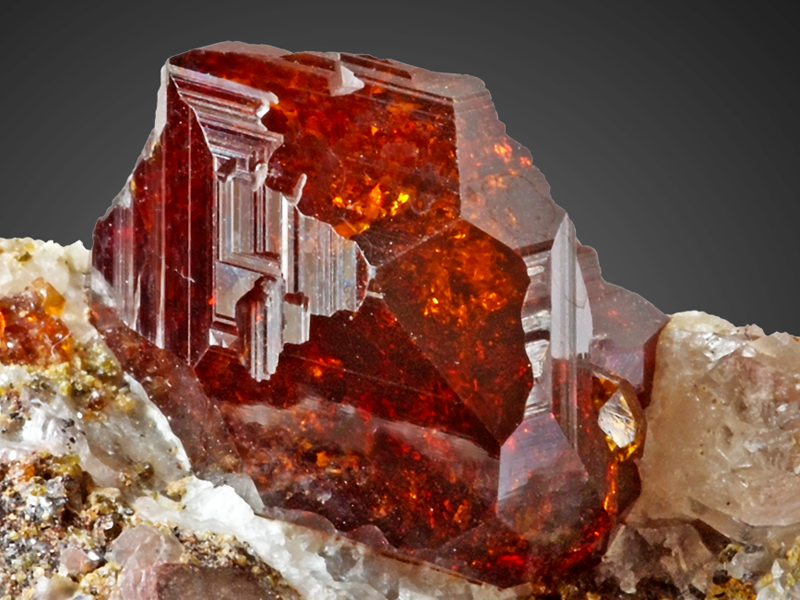
Previous efforts to develop and mine these resources have been undertaken by companies such as Rio Tinto, Fletcher Building and Carpentaria, which at the time struggled to locate economically recoverable resources.
In recent years a resurgence of interest in West Coast heavy mineral sands on the back of better technologies and higher market prices has seen geologists and miners taking a new look at these coastal resources.
At present two companies – Westland Mineral Sands and TiGa Minerals and Metals – are developing projects near Westport and Barrytown, respectively, to explore, mine, process, and export heavy mineral sand concentrates to overseas customers.
